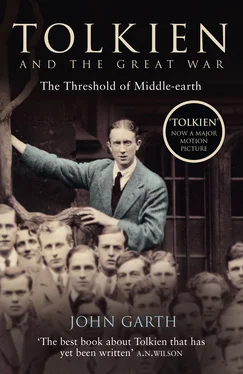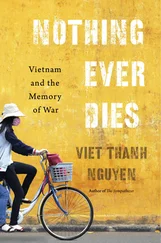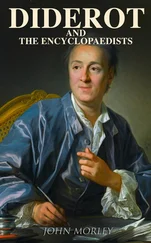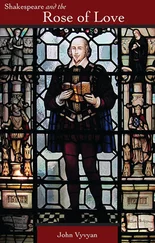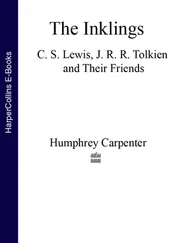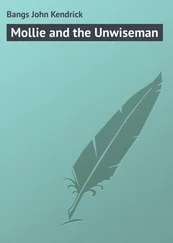The rush of creativity was not over, but finally Tolkien adopted a quite different register for ‘Kôr’, a sonnet of sublimity and grandeur. Kôr was the name of a city in Henry Rider Haggard’s She (1887), the tale of Ayesha, a woman blessed and cursed with apparently eternal youth. Haggard had been a favourite in the King Edward’s library; during the mock school strike of 1911 the sub-librarians called for a ban on ‘Henty, Haggard, School Tales, etc…that can be read out in one breath’. (The following year Tolkien had presented the school library with another Haggardesque ‘lost race’ yarn, The Lost Explorers by Alexander Macdonald. ) Tolkien’s 30 April poem was subtitled ‘In a City Lost and Dead’, and indeed Haggard’s Kôr is also deserted, the enduring memorial to a great civilization that flourished six thousand years before modern adventurers stumble upon it, but now is utterly lost to memory:
I know not how I am to describe what we saw, magnificent as it was even in its ruin, almost beyond the power of realisation. Court upon dim court, row upon row of mighty pillars – some of them (especially at the gateways) sculptured from pedestal to capital – space upon space of empty chambers that spoke more eloquently to the imagination than any crowded streets. And over all, the dead silence of the dead, the sense of utter loneliness, and the brooding spirit of the Past! How beautiful it was, and yet how drear! We did not dare to speak aloud.
Both men’s versions of Kôr are inhabited only by shadows and stone; but whereas Haggard’s is seen, with overt symbolism, under the changeful Moon, Tolkien’s city basks under the steadily blazing Sun.
A sable hill, gigantic, rampart-crowned
Stands gazing out across an azure sea
Under an azure sky, on whose dark ground
Impearled as ‘gainst a floor of porphyry
Gleam marble temples white, and dazzling halls;
And tawny shadows fingered long are made
In fretted bars upon their ivory walls
By massy trees rock-rooted in the shade
Like stony chiselled pillars of the vault
With shaft and capital of black basalt.
There slow forgotten days for ever reap
The silent shadows counting out rich hours;
And no voice stirs; and all the marble towers
White, hot and soundless, ever burn and sleep.
The shift is significant. Haggard’s narrator sees the city as a symbol of transience, a memento mori , a mockery of its builders’ hubristic ambition: Tolkien holds the grandeur and the emptiness of his Kôr in a fine balance. Even empty, his city stands as an enduring tribute to its unnamed inhabitants – a mood that anticipates Moria in The Lord of the Rings. Life, though now absent from Kôr, retains its significance. Nihilism is replaced by a consolatory vision.
Tolkien’s Kôr differs from Haggard’s in other, more tangible ways. It is embattled and built atop a vast black hill, and it stands by the sea, recalling a painting he had made earlier in 1915: the mysteriously named Tanaqui. It is clear that Tolkien already had his own vision of a city quite distinct from Haggard’s; but his use of the name ‘Kôr’ now, instead of ‘Tanaqui’, may be seen as a direct challenge to Haggard’s despairing view of mortality, memory, and meaning.
The city of Kôr appears in the Qenya lexicon too, again situated on a shoreland height. Here, though, a more important feature cuts it well and truly adrift from Haggard. Tolkien’s Kôr is located not in Africa but in Faërie: it is ‘the ancient town built above the rocks of Eldamar, whence the fairies marched into the world’. Other early entries give the words inwë for ‘fairy’ and elda for ‘beach-fay or Solosimpë (shore-piper)’. Eldamar , Tolkien wrote, is ‘the rocky beach in Western Inwinóre (Faëry), whence the Solosimpeli have danced along the beaches of the world. Upon this rock was the white town built called Kor, whence the fairies came to teach men song and holiness.’ In other words, Eldamar is the ‘fairy sand’ of ‘You and Me and the Cottage of Lost Play’. The ‘rampart-crowned’ city, superhuman in scale, cannot, however, be the work of fairies like J. M. Barrie’s Tinkerbell. Barrie and his Victorian predecessors were no more than a starting point for Tolkien, as Haggard had been. These are fairies prone to dancing on beaches, yet not only capable of building enduring monuments but also laden with a spiritual mission. They span the great divide between innocence and responsibility.
But why is Kôr ‘a City Lost and Dead’ in the poem? The answer appears in notes Tolkien added to his little prose outline about Éarendel’s Atlantic voyagings, an outline that clearly preceded Tolkien’s great Adamic works of name-giving. It had referred to a ‘golden city’ somewhere at the back of the West Wind. Now he added: ‘The golden city was Kôr and [Eärendel] had caught the music of the Solosimpë, and returns to find it, only to find that the fairies have departed from Eldamar.’ Kôr, in other words, was left empty by the Elves when they ‘marched into the world’.
It is a melancholy glimmer of story that, some years later, would form a climactic part of Tolkien’s mythological epic. Perhaps the idea owed something to the fact that, in 1915, his familiar haunts were virtually emptied of his peers, who were heading across the sea to fight. If so, Tolkien’s vision encapsulated mythological reconstructions and contemporary observation in one multi-faceted symbol.
If these April poems were a sudden spring bloom, then the Qenya Lexicon was root, stock, and bough. It is impossible, and perhaps meaningless, to give exact dates of composition for the lexicon, which was a work in progress during much of 1915 and accrued new words in no discernible order. It was a painstaking and time-consuming labour, and must have been set aside as Schools drew near. On 10 May, though, Tolkien was still musing on his mythology and painted a picture entitled The Shores of Faëry showing the white town of Kôr on its black rock, framed by trees from which the Moon and Sun hang like fruit.
From this, Tolkien had to turn to less enticing work: the much-neglected preparation for the two Schools papers he would rather not have had to sit at all. There was Shakespeare’s Hamlet, Antony and Cleopatra, Love’s Labour’s Lost , and Henry IV; and other ‘modern’ literature such as the works of Christopher Marlowe, John Dryden, and Samuel Johnson, none of which suited his maverick taste. *His preparation for these papers was perfunctory and saw the future Oxford professor of English borrowing introductions to Dryden and Keats from the library, as well as primers in Shakespeare and poetry, as late as the eve of his first paper.
Anxiety about his examinations was dwarfed by the fear of what lay beyond. Writing from Penmaenmawr at the start of June, G. B. Smith reassured him that the war would be over in a matter of months now that Italy had thrown its weight behind Britain and France. Smith, who shared his friend’s interest in the language and myth of Wales and had requested he send out a Welsh grammar, added: ‘Don’t worry about Schools, and don’t worry yourself about coming here.’ Four weeks would be quite enough time to sort out a place for Tolkien in the same battalion.
On Thursday 10 June, Tolkien started his exams. Just eight men and seventeen women in the whole university were left to endure the anticlimactic flurry of summing up three years’ work on English language and literature (or slightly less in Tolkien’s case) in ten sittings. In the middle of the ordeal, Smith wrote saying that Colonel Stainforth, his commanding officer (or ‘CO’), seemed certain to find space in the 19th Lancashire Fusiliers for Tolkien if he would write requesting a place. Schools finished the next week and Tolkien’s undergraduate life was behind him. Now for enlistment, training, and war.
Читать дальше
